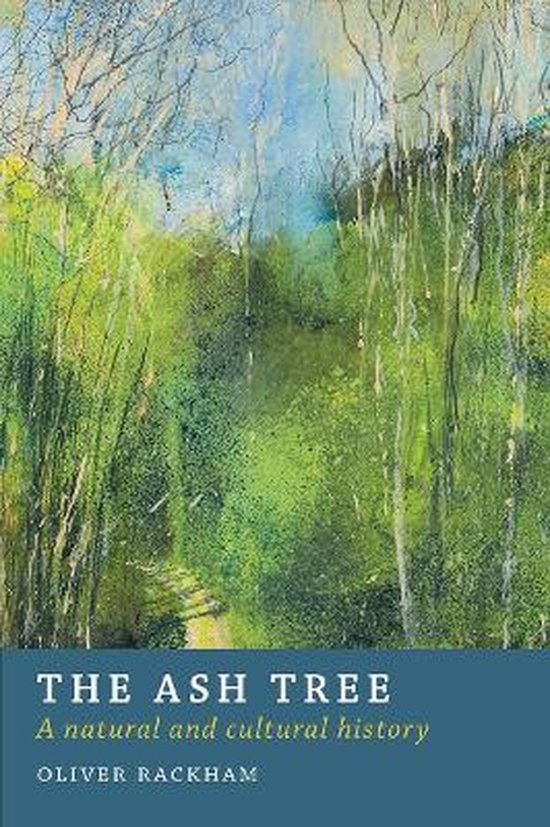
The Ash Tree
Ash is one of the most common trees in the British Isles - there are nearly as many ash trees as there are people. Perhaps this is why we take them for granted. Poets write of oak, yew, elm, willow, rarely ash.No books have been written about ash trees before. Yet Ash is one of the most productive hardwoods in Europe. Its strength and elasticity are qualities our Neolithic ancestors recognised while building their tracks across the marshlands of Somerset. Ash has been used ever since, to build and warm homes, to feed livestock, to cure. Before steel it was used to make ploughs and rakes, wheel rims,boat frames, tent pegs and weapons. The human population is not alone finding sustenance and shelter in Ash: woodpeckers bore nest holes into them, bats breed in veteran trees, insects, lichens, mosses and liverworts thrive on ash bark, as do hares and rabbits in winter. The first noticing of Ash Disease in 2012 brought this underappreciated tree to our attention.In response, Oliver Rackham has written this first history and ecology of the ash tree, exploring its place in human culture, explaining Ash Disease, and arguing that globalisation is now the single greatest threat to the world's trees and forests. We cannot go on treating trees like tins of paint or cars to be traded around the world. Neither can we assume that planting a tree is, by default, a good thing. Industrial planting and irresponsible trade are already devastating the world's tree populations. The Ash Tree is Oliver Rackham's call for a radical shift in our attitude to trees - how we plant them, how we care for them after they are planted. There is no more urgent message for our times.
| Auteur | | Oliver Rackham |
| Taal | | Engels |
| Type | | Paperback |
| Categorie | | Wetenschap & Natuur |